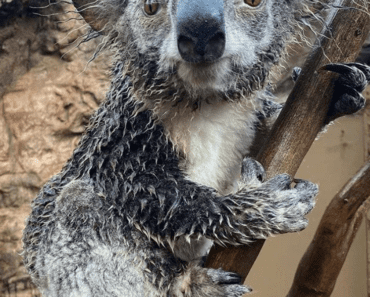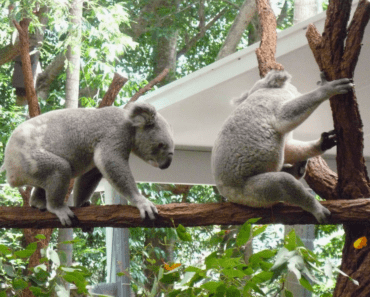Introduction
Koalas, the cuddly marsupials native to Australia, are renowned for their distinctive biological features. One of the most fascinating aspects of their biology is their brain, which is exceptionally small and smooth. The koala brain provides intriguing insights into how evolution shapes anatomy and behavior in response to environmental pressures. By examining the size, structure, and functionality of the koala brain, we can gain a deeper understanding of how these creatures live and thrive in their unique habitats.
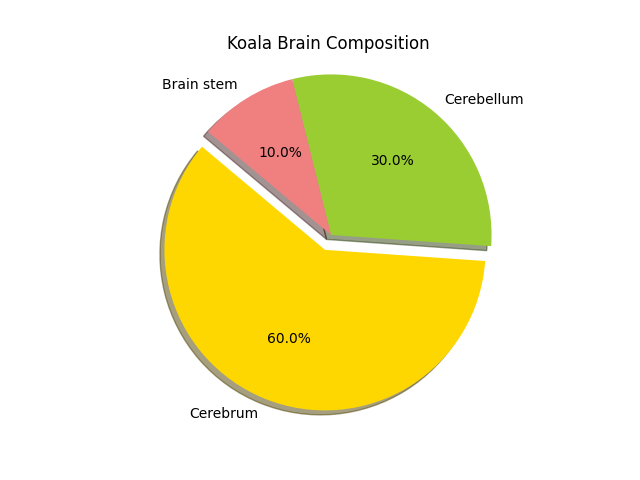
The Koala Brain
The koala brain is an extraordinary subject of study due to its unique characteristics that distinguish it from other mammals. The size and surface of the koala brain are critical factors that influence their behavior and lifestyle. This analysis explores how these physical attributes reflect the koala’s adaptations to its environment and diet.
The Anatomy of the Koala Brain
Brain Size Relative to Body Size
Koalas possess one of the smallest brain-to-body size ratios among mammals. On average, a koala’s brain weighs about 19.2 grams, which constitutes approximately 0.2% of their body weight. This ratio is significantly smaller than that of many other mammals, even within the marsupial family. The minimal size of the brain is an evolutionary adaptation to their specific dietary and environmental needs.
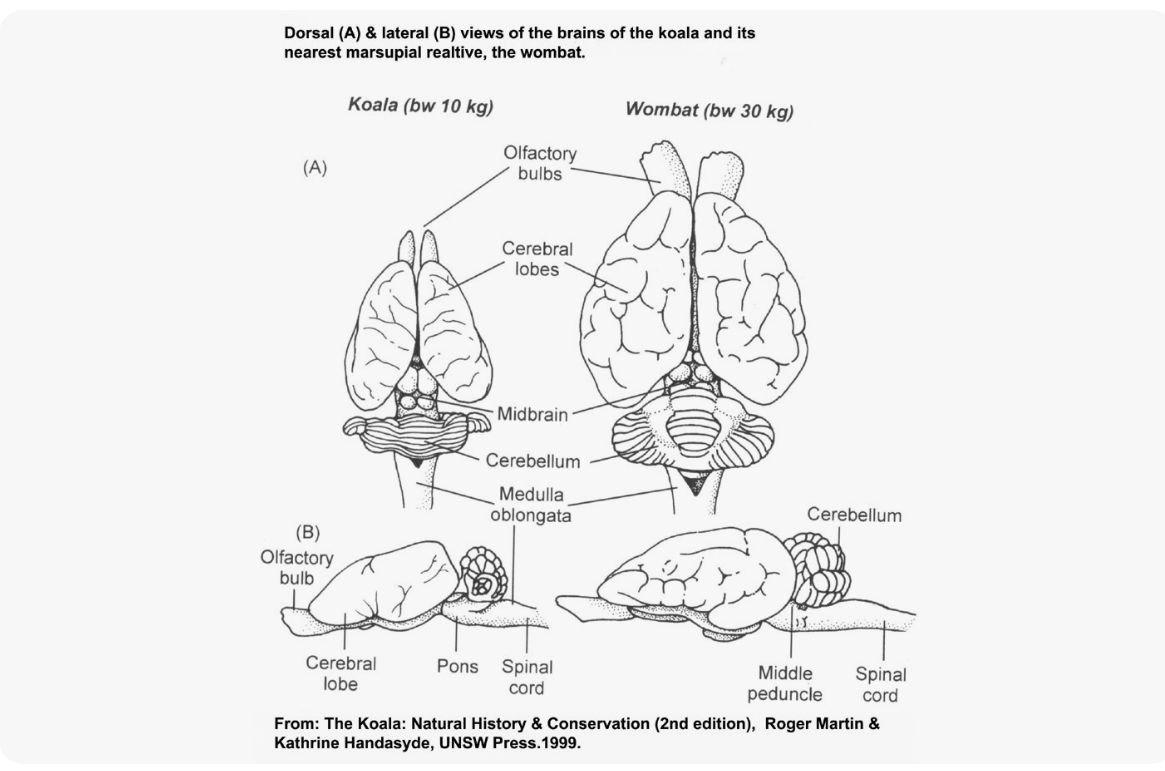
Cranial Cavity and Cerebrospinal Fluid
The koala brain occupies about 61% of the cranial cavity, with the remaining space filled with cerebrospinal fluid. This fluid acts as a cushion, protecting the brain and providing buoyancy within the skull. The substantial presence of cerebrospinal fluid in the cranial cavity is an adaptation that aids in maintaining brain function despite its small size.
Smooth Brain Surface
Unlike the complex and convoluted brains of humans, which have numerous folds and wrinkles known as gyri and sulci, the koala brain has a notably smooth surface. This smoothness is characteristic of more primitive animals and is indicative of fewer neurons and cognitive capabilities. The lack of folds suggests limited cerebral processing power, which affects their behavior and cognitive flexibility.
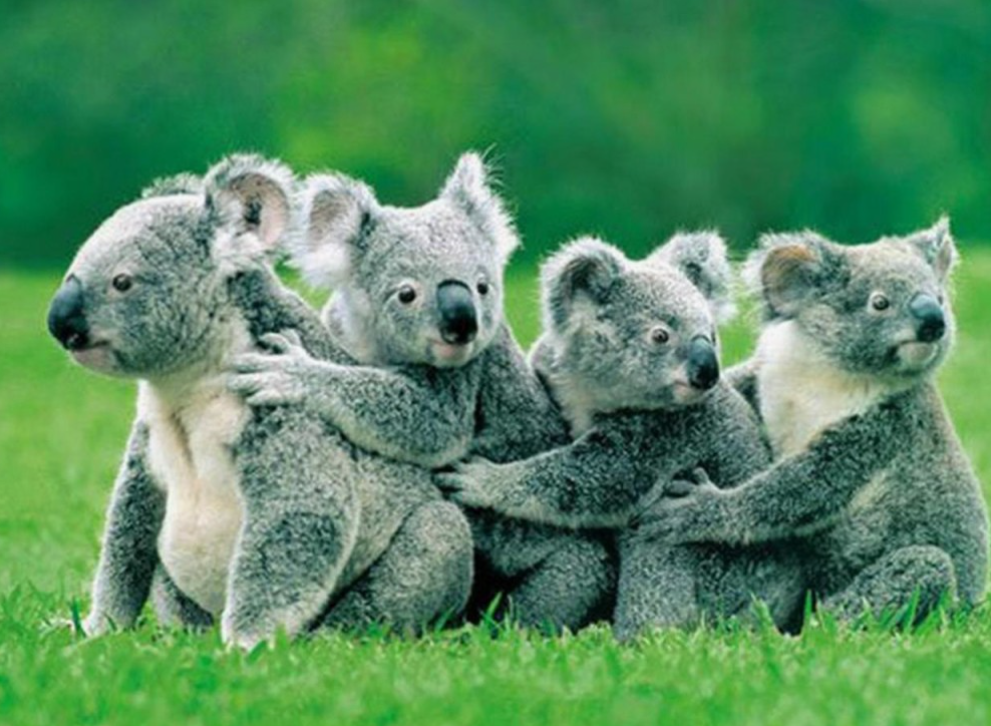
Evolutionary Perspective
The small and smooth nature of the koala brain is a product of evolutionary pressures that have shaped the anatomy and behavior of these marsupials. The evolutionary adaptations of koalas have been primarily driven by their diet and environmental conditions, which have played a significant role in determining their brain size and structure.
Dietary Influence on Koala Brain Size
Koalas have a highly specialized diet, consisting almost exclusively of eucalyptus leaves. These leaves are low in nutritional value and toxic to many other species, requiring specific adaptations for digestion and survival. The nutrient-poor nature of their diet is a critical factor in the evolution of the koala’s small brain.
Adaptations to a Nutrient-Poor Diet
Eucalyptus leaves require a substantial amount of energy to digest, yet they provide minimal energy return. Consequently, koalas have evolved a digestive system that can extract maximum nutrients while expending minimal energy. The energy demands of digesting this diet limit the resources available for brain development, resulting in a smaller brain size.
Behavioral Implications of Brain Structure
Feeding Behavior and Cognitive Limitations
The small and smooth brain of the koala has several behavioral implications. Koalas exhibit specific feeding behaviors, often not recognizing eucalyptus leaves as food unless they are attached to branches. This suggests limitations in their problem-solving abilities and cognitive flexibility, as their brains are not equipped to process complex information.
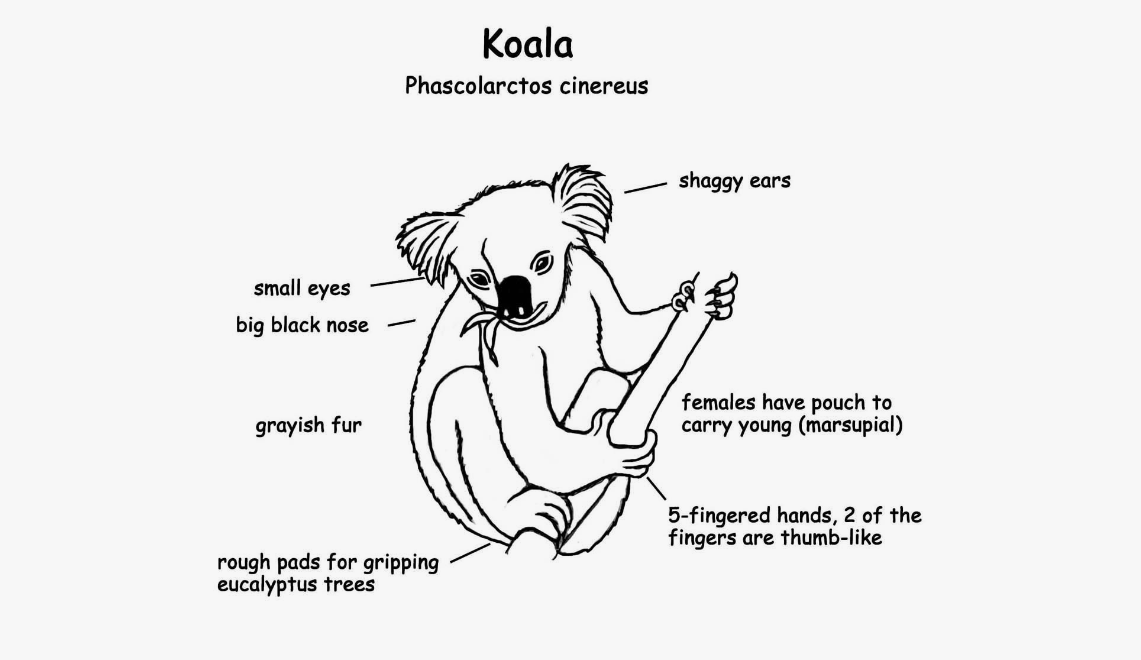
Sedentary Lifestyle and Sleep Patterns
Koalas spend up to 80% of their time sleeping, an adaptation to conserve energy given their low-energy diet. Their lifestyle is predominantly sedentary, with minimal energy expended in activities beyond eating and sleeping. The koala’s brain structure supports this energy-conserving behavior, as it aligns with their need to survive on a nutrient-poor diet.
Comparative Analysis with Other Marsupials
Understanding the koala brain involves comparing it with the brains of other marsupials, such as kangaroos and wombats. These comparisons highlight the unique adaptations of koalas and provide insights into the evolutionary pressures that have shaped their brains.
Koalas vs. Kangaroos
Kangaroos, like koalas, are marsupials, but their brains are relatively larger and more complex. Kangaroos have a more diverse diet and engage in a wider range of behaviors, requiring more advanced cognitive abilities. The differences in brain size and structure between koalas and kangaroos illustrate the impact of diet and lifestyle on brain evolution.
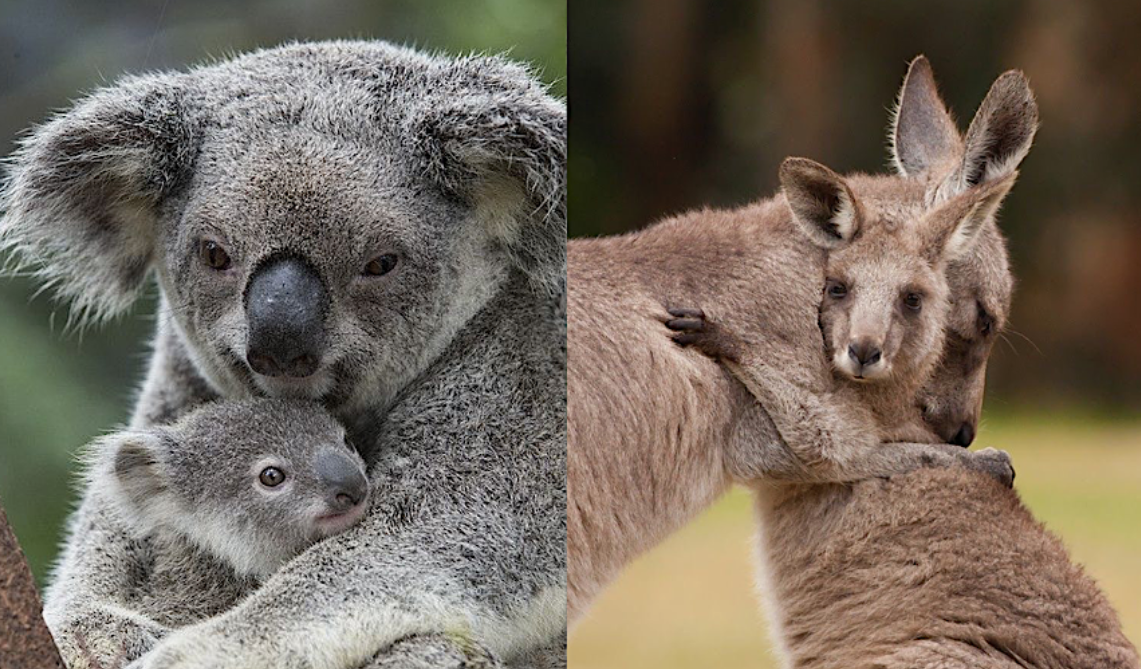
Koalas vs. Wombats
Wombats, another marsupial species, also exhibit differences in brain structure compared to koalas. While both species have smooth brains, wombats have a slightly larger brain relative to body size, reflecting their more varied diet and burrowing lifestyle. These comparisons underscore the role of ecological niches in shaping brain evolution.
Cognitive Abilities and Limitations
The cognitive abilities of koalas are limited by their small and smooth brains. This affects their problem-solving skills, memory, and ability to adapt to new situations. Koalas rely heavily on instinctual behavior, which is sufficient for their survival but restricts their capacity for learning and innovation.
Environmental Adaptations
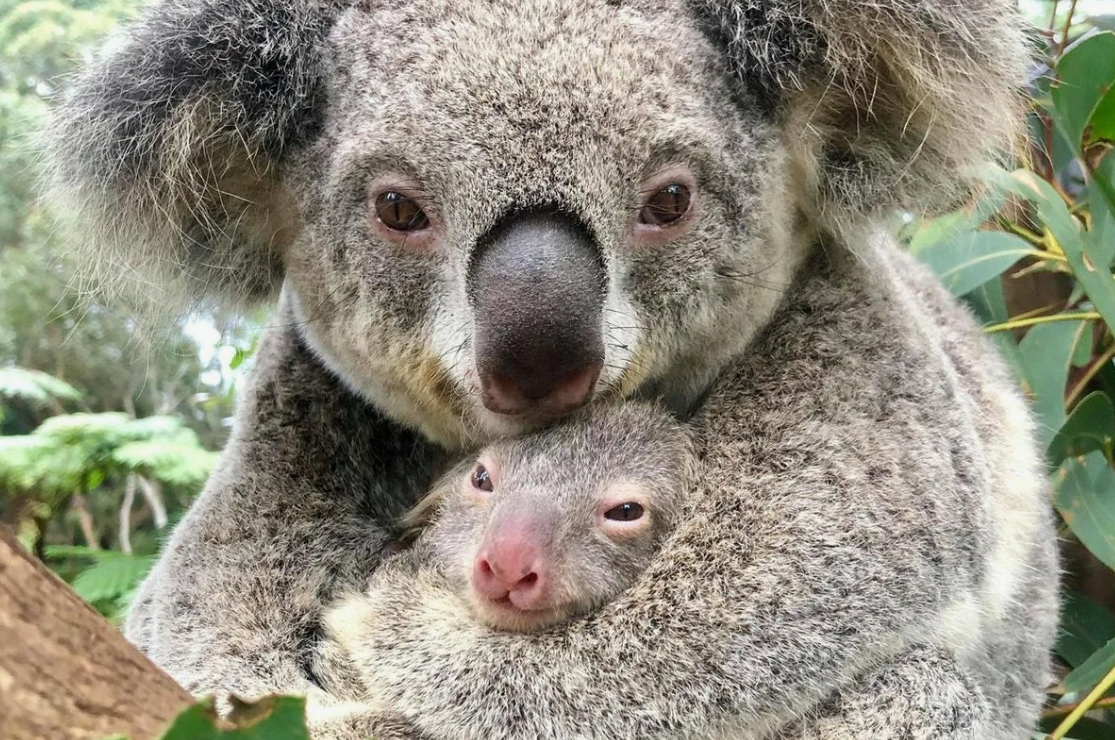
The koala’s environment plays a crucial role in shaping its brain function and behavior. Koalas have evolved specific adaptations to thrive in the eucalyptus forests of Australia, where they face unique challenges and opportunities.
Survival Strategies in the Wild
Koalas have developed various survival strategies to cope with the challenges of their environment. Their adaptations include specialized digestive systems, energy-efficient lifestyles, and effective thermoregulation. These strategies enable koalas to survive in harsh conditions with limited resources.
Communication and Social Behavior
The koala’s brain structure influences its communication and social behavior. Koalas are generally solitary animals, but they do communicate using vocalizations, scent markings, and body language. Their limited cognitive abilities constrain the complexity of their social interactions.
Sensory Perception in Koalas
The sensory perception of koalas is adapted to their environment and lifestyle. Despite their small brains, koalas possess well-developed sensory organs that enable them to navigate their surroundings effectively.
Hearing, Sight, and Smell
Koalas have acute hearing and a keen sense of smell, which are essential for detecting predators and locating food. Their vision is adapted to low light conditions, allowing them to forage at night. These sensory adaptations complement their brain structure and support their survival in the wild.
Impact of Habitat on Sensory Development
The koala’s habitat has influenced the development of its sensory capabilities. The dense eucalyptus forests require koalas to rely on smell and hearing more than vision, shaping the evolution of their sensory organs and brain function.
Reproductive Behavior and Parental Care
The brain plays a role in the reproductive behavior and parental care of koalas. Although their cognitive abilities are limited, koalas exhibit instinctual behaviors that ensure the survival of their offspring.
Life Cycle and Development of Young Koalas
Koalas have a unique life cycle, with young joeys developing in the mother’s pouch before emerging to explore their surroundings. The brain development of young koalas is influenced by their interactions with the mother and environment, shaping their behavior and survival skills.
Challenges in Koala Conservation
Koalas face numerous challenges that threaten their survival, necessitating conservation efforts to protect their populations and habitats. Understanding the koala brain is essential for developing effective conservation strategies.
Threats to Koala Populations
Koala populations are threatened by habitat loss, climate change, disease, and human activities. These threats impact their survival and require coordinated efforts to mitigate their effects.
Conservation Initiatives and Strategies
Various conservation initiatives aim to protect koalas and their habitats. These efforts include habitat restoration, disease management, and public education to raise awareness about the challenges facing koalas.
Future Research Directions
Ongoing research into the koala brain and its adaptations provides valuable insights into their biology and behavior. Future studies will continue to explore the complexities of koala brain function and its implications for conservation.
Innovations in Koala Brain Research
Advances in research techniques and technology are enhancing our understanding of the koala brain. Innovations in imaging and genetic studies offer new opportunities to explore the intricacies of koala anatomy and behavior.
Understanding the Koala Brain
The koala brain, with its unique size and structure, is a fascinating subject that offers insights into the broader principles of evolutionary biology. By studying the koala brain, scientists can learn about the trade-offs between brain size, diet, and behavior, contributing to our understanding of evolution and adaptation.
Implications for Evolutionary Biology
The study of the koala brain has broader implications for evolutionary biology, highlighting the complex interplay between environmental pressures and anatomical adaptations. The koala’s brain is a testament to the diverse strategies that species employ to survive and thrive in their habitats.
Conclusion
The koala brain is a remarkable example of how evolution shapes anatomy and behavior in response to specific environmental pressures. Despite its small size and smooth surface, the koala brain enables these marsupials to thrive on a diet that few other species can tolerate. Understanding the koala brain sheds light on the unique adaptations of these fascinating creatures and provides valuable insights into the broader principles of evolutionary biology.
FAQs
What is the size of a koala’s brain compared to its body?
The koala’s brain weighs approximately 19.2 grams, constituting about 0.2% of their body weight. This is one of the smallest brain-to-body size ratios among mammals.
Why is the koala’s brain so smooth?
The smooth surface of the koala brain is characteristic of more primitive animals, indicating fewer neurons and cognitive capabilities. This adaptation reflects the koala’s specific dietary and environmental needs.
How does the koala’s diet influence its brain size?
Koalas primarily eat eucalyptus leaves, which are low in nutritional value. The energy demands of digesting this diet limit the resources available for brain development, resulting in a smaller brain size.
What are the behavioral implications of the koala’s small brain?
The small brain limits the koala’s cognitive abilities, affecting problem-solving skills and adaptability. Koalas exhibit specific feeding behaviors and have a predominantly sedentary lifestyle to conserve energy.
How do koalas communicate and interact socially?
Koalas communicate using vocalizations, scent markings, and body language. Although they are generally solitary animals, they engage in social interactions during the breeding season and mother-offspring bonding.
What conservation efforts are in place to protect koalas?
Conservation initiatives focus on habitat restoration, disease management, and public education to protect koalas from threats such as habitat loss, climate change, and disease.
Similar articles
Can You Have a Koala as a Pet? Understanding the Challenges and Legalities
Can You Have a Koala as a Pet? Understanding the Challenges and Legalities




